Today is the perfect day. Fathers and father figures all over the world are being remembered, honored and celebrated, not only in the United States but in a host of other countries that also observe Father’s Day on the third Sunday of June. Among them is our father’s native country, Cuba, where they are celebrating el Día del Padre. And so it is, that today is the day we are launching Sweet and Sabroso, as a tribute to our dad who continues to inspire us.
Bodegas Marqués de Riscal
Our father loved the red wines from Spain, especially the red wines of the Rioja wine region produced by one of its oldest wineries, Marqués de Riscal (also known by its full and more aristocratic name, Herederos del Marqués de Riscal). It was founded in 1858 in Elciego, a quaint, traditional town located in the Rioja wine region in the province of Álava in the Basque Country of Northern Spain.
Today, Marqués de Riscal produces several selections of red wines from the Rioja wine region. These wines are made from Tempranillo grapes often blended with Mazuelo and/or Graciano. Tempranillo (also known as Tinta del País, Tinto Fino, Cencibel, and Ull de Llebre, among other synonyms) is a grape variety considered native to Spain which is at the core of many of Rioja’s finest red wines; it is a thick-skinned grape variety with medium acidity capable of producing deep-colored wines that are suitable for longterm aging. Mazuelo and Graciano are also grape varieties considered native to Spain that are typically combined with Tempranillo in small proportions to add color, acidity and tannins to the Rioja blends. If you enjoy the tannins and structure of Cabernet Sauvignon but are also looking for the cherry fruitiness that is characteristic of Pinot Noir and many other red wines, you will love Tempranillo!
One of the qualities that sets Rioja wines apart from other red wines is its capacity for aging, in which oak wood plays an important role as the wine evolves and develops with aromas and flavors from the oak. Similar to other Spanish wine regions, American Oak (rather than French or other European Oak) is typically the preferred wood type for barrel aging, which, when new, imparts aromas and flavors of vanilla and toast to the wine.
The Consejo Regulador de la Denominación de Origen Calificada (D.O.Ca) Rioja, is a regulating board responsible for administering and enforcing the Spanish wines laws applicable to the region – us.riojawine.com.
There are four age classifications applicable to Rioja wines, which are identified by corresponding numbered wine back labels or seals issued by the Consejo Regulador de la D.O.Ca Rioja for those wines that comply with the applicable quality and aging requirements – us.riojawine.com:
Joven: Red wines bearing this classification (or simply Rioja) are not guaranteed to have undergone any sort of aging processes, but rather, the classification simply guarantees their place of origin and vintage. These wines are usually young wines in their first or second year, which keep their primary freshness and fruitiness.
Crianza: Red wines bearing this classification must be aged for a minimum of one year in oak barrels and a few months in the bottle.
Reserva: Red wines bearing this classification must be aged for a minimum of three years, with at least one year in oak barrels.
Gran Reserva: Red wines bearing this classification are selected from exceptional vintages and must be aged for a minimum of two years in oak barrels and a three years in the bottle.
Generally speaking, within certain parameters, the more time a red wine spends aging in oak barrels and in the bottle, the more complex its aromas and flavors will be and the higher the quality (along with higher costs of production and prices to the consumer).
Finally, it’s important to remember that although Marqués de Riscal is renowned for its red wines, the winery also produces rosé wines from Rioja as well as white wines from Rueda, a Spanish wine region located in the autonomous community of Castilla y León known for its white wines made from the Verdejo grape variety.
The Marqués de Riscal City of Wine
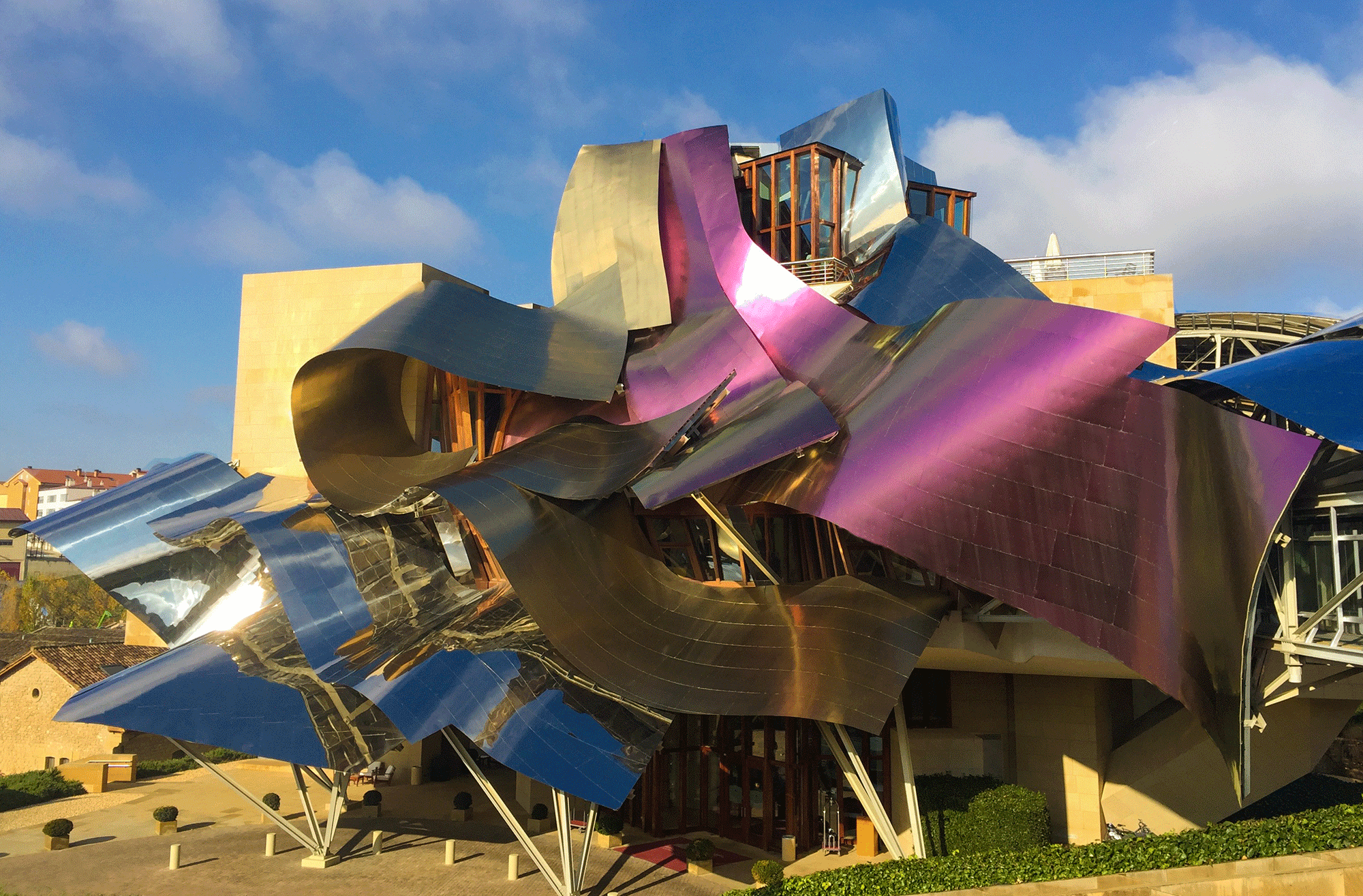 In 2006, Marqués de Riscal inaugurated its City of Wine, which thanks to our dad, as you might expect, was at the top of our bucket list of places to visit!
In 2006, Marqués de Riscal inaugurated its City of Wine, which thanks to our dad, as you might expect, was at the top of our bucket list of places to visit!
At long last, this past fall we had the pleasure of visiting the City of Wine, which is truly a magnificent sight to behold. In sharp contrast to the surrounding quaint, traditional stone buildings of Elciego, the City of Wine is an impressive compound, which includes extensive vineyards and wine cellars, with the oldest dating back to 1858, a spa, a wine/gift shop, restaurants, including a restaurant with a one-star Michelin rating as of the date of this publication, and the luxury Marqués de Riscal Hotel designed by famous architect, Frank O. Gehry (who is also known for designing the Guggenheim Museum in Bilbao, Spain and the Walt Disney Concert Hall in Los Angeles, California).
Similar to these other buildings, the Marqués de Riscal Hotel is covered in titanium and is very modern and futuristic in style, but what makes the hotel particularly unique is its color palette of ribbons which symbolizes the signature colors of the Marqués de Riscal wines: pink for the wine, silver for the foil cork covering and gold for the mesh netting used to encase their Reserva and Gran Reserva wines. Although far from inexpensive, our stay at the Marqués de Riscal Hotel was remarkable and we would highly recommend it to anyone visiting the area (budget permitting, of course!).
Marqués de Riscal Rioja (Reserva)
Among our father’s favorite Marqués de Riscal red wines was the Marqués de Riscal Rioja (Reserva), which is the bodega’s most iconic and best-selling wine. Adding to its allure, is the unique gold mesh netting that envelops each bottle, which was originally conceived to prevent counterfeiting wine makers from passing off inferior wines in Marqués de Riscal bottles, but has since become a distinctive feature of the brand.
The Bodega’s Description and Tasting Notes:
The Tempranillo grapes used to make the Marqués de Riscal Rioja (Reserva) wines are from vines planted before the 1970s. Tempranillo is blended with small amounts (not more than 10% in total) of the Graciano and Mazuelo varieties, which provide crispness and a lively color. Riscal Reservas spend about two years in American Oak barrels, producing a wine which corresponds to the classic Rioja style: fresh, fine, elegant and very suitable for laying down for many years. Before release for sale it spends a minimum of one year rounding off in the bottle, time enough to show how much complexity Tempranillo is able to achieve – marquesderiscal.com.
They are cherry-red and have spicy, balsamic aromas of great complexity, with notes of ripe dark berries and light toasted nuances. On the palate, they are full and tasty, with good structure and rounded, elegant tannins with a finish that is long and fresh, with a slight reminder of the fine oak – marquesderiscal.com.
2009 Rioja (Reserva) Ratings, Tasting Notes and Our Review:
This polished red offers cherry, licorice, dried herb and toasty flavors, with light, firm tannins and balsamic acidity. Balanced, featuring enough structure for food. Wine Spectator, Issue Date: July 31, 2015; Score: 88/100
Soft, flat raisiny aromas reflect a hot Rioja vintage. This is a bit soft and baked on the palate, but for the most part it’s healthy. Raisin and prune flavors come with root beet and nutmeg notes, while a smooth, earthy, raisiny finish closes this out. Wine Enthusiast (winemag.com), September 1, 2015; Score: 88/100
Although both Wine Spectator and Wine Enthusiast gave the 2009 Reserva a score of 88/100, our tasting notes are far more consistent with Wine Spectator’s (and the bodega’s). In our tasting, we noted that the wine was medium to deep garnet in color, with medium to medium-plus acidity, intensity, tannins and body, and aromas and flavors of ripe dark cherry, black pepper spices and nuances of vanilla and toast from the oak. A well-balanced, classic Rioja wine, and for approximately $20.00 per bottle, it’s a fabulous value! What’s not to love, right?
Food Pairing: This wine pairs well with hams, red meat, particularly steak, mild cheeses, bean dishes (not highly spiced), and poultry.
Marqués de Riscal Rioja (Gran Reserva) and Arienzo Rioja (Crianza)
To compare with the 2009 Marqués de Riscal Rioja (Reserva), we also tasted the Marqués de Riscal Rioja (Gran Reserva) and Arienzo de Marqués de Riscal Rioja (Crianza):
The Bodega’s Description and Tasting Notes (Gran Reserva):
The Marqués de Riscal Rioja (Gran Reserva) is a blend of Tempranillo, Graciano and Mazuelo grape varieties from vines over 80 years old. Once the wine destined to become a Gran Reserva has been selected . . . it is put into American Oak casks where it will age for a period of between two and a half and three years. The wine will then spend three years aging in the bottle before it is released for sale. Deep black-cherry color, almost opaque. Very elegant, complex nose, with aromas of black fruit and lots of spice. It is smooth and round in the mouth, with tannins which are firm, yet silky and very sweet and which envelop the whole palate. The finish is long, lingering, fresh and balanced with a hint of fine elegant tannins – marquesderiscal.com.
2005 Rioja (Gran Reserva) Ratings, Tasting Notes and Our Review:
This red is firm and polished, with savory flavors of tobacco, licorice and mineral, yielding to a core of black cherry and spice. A bit austere but focused and fresh. Wine Spectator, Web Issue Date: 2014; Score: 89/100
In our tasting of the 2005 Gran Reserva, we noted that the wine was a deep garnet color with medium plus acidity, intensity, tannins and body and aromas and flavors of cooked cherry fruit and black pepper. While we did find the wine to be a bit austere, the animal, farmyard aromas and flavors from the brettanomyces (also known as brett) overpowered what could have otherwise been a focused and fresh wine. Brettanomyces is a yeast found in wines, especially those that have been aged in barrels, which is largely considered a sign of spoilage, as it can give a wine off-putting farm animal, barnyard aromas and flavors. However, in small quantities brett is considered by some to be a positive attribute, adding complexity to a wine. Unfortunately, as we are not fans of brett, we were disappointed with this wine, especially after paying $55.00 for the bottle. However, having tried several very good quality Marqués de Riscal Gran Reservas during our visits to Spain, we’re optimistic that our experience with the 2005 Gran Reserva was an anomaly.
Food Pairing: This wine (putting any overpowering brett aside!) pairs well with any sort of ham, red meats, particularly roasted meats, and mature cheeses.
The Bodega’s Description and Tasting Notes (Crianza):
The Arienzo de Marqués de Riscal (Crianza) is a blend of the best grapes of the Tempranillo, Mazuelo and Graciano varieties. After fermentation is complete, the wine passes into American Oak barrels where it is aged for 18 months, followed by further aging and rounding off in the bottle. A fresh, fruity wine with a lovely attack, bringing a reminder of red-berried fruit mingling with the coconut and vanilla aromas from the oak. Full and supple with a long finish – marquesderiscal.com.
2010 Arienzo Rioja (Crianza) Ratings, Tasting Notes and Our Review:
This polished red is balanced and graceful, with cherry, licorice, leafy and light vanilla flavors that glide across the smooth palate. Wine Spectator, Issue Date: July 31, 2015; Score: 89/100
In our tasting of the 2010 Arienzo Crianza, we noted that the wine was a medium ruby color with a garnet rim, with medium acidity, intensity, tannins and body and aromas and flavors of cherry (which were fresher and fruitier than in the 2009 Reserva), black pepper, and nuances of sweet vanilla spice and toast. Although we prefer the 2009 Reserva, this Arienzo Crianza was overall pleasant and easy to drink, and for approximately $13.00, it’s a steal!
Food Pairing: This wine can be easily enjoyed without food but also pairs well with light hams, red meats, mild cheeses, bean/casserole dishes (not highly spiced), and poultry.
A Few Final Thoughts:
To summarize, taking the characteristics of each wine we tasted and the price considerations as a whole, our favorite was the 2009 the Marqués de Riscal Rioja (Reserva). Clearly, the apples do not fall far from the tree! The 2009 Reserva is followed by the 2010 Arienzo de Marqués de Riscal Rioja (Crianza), and lastly, due to the disappointing brett, the 2005 Marqués de Riscal Rioja (Gran Reserva).
We hope you enjoyed this Introduction to Marqués de Riscal Rioja Wines and the City of Wine. Thank you for visiting!
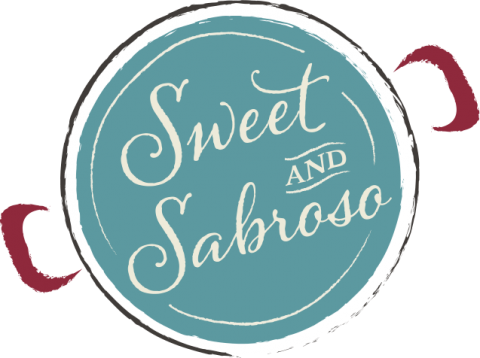

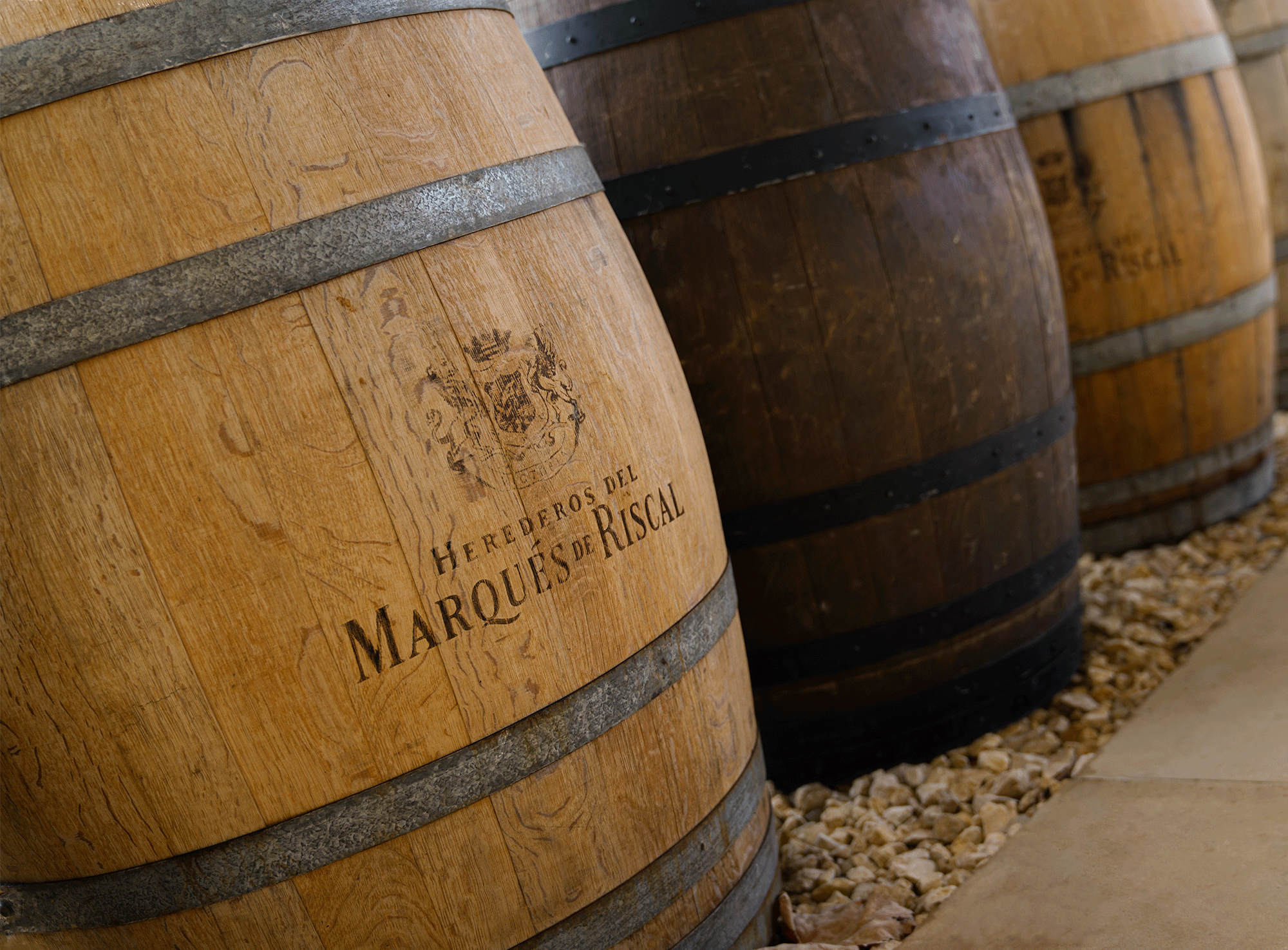
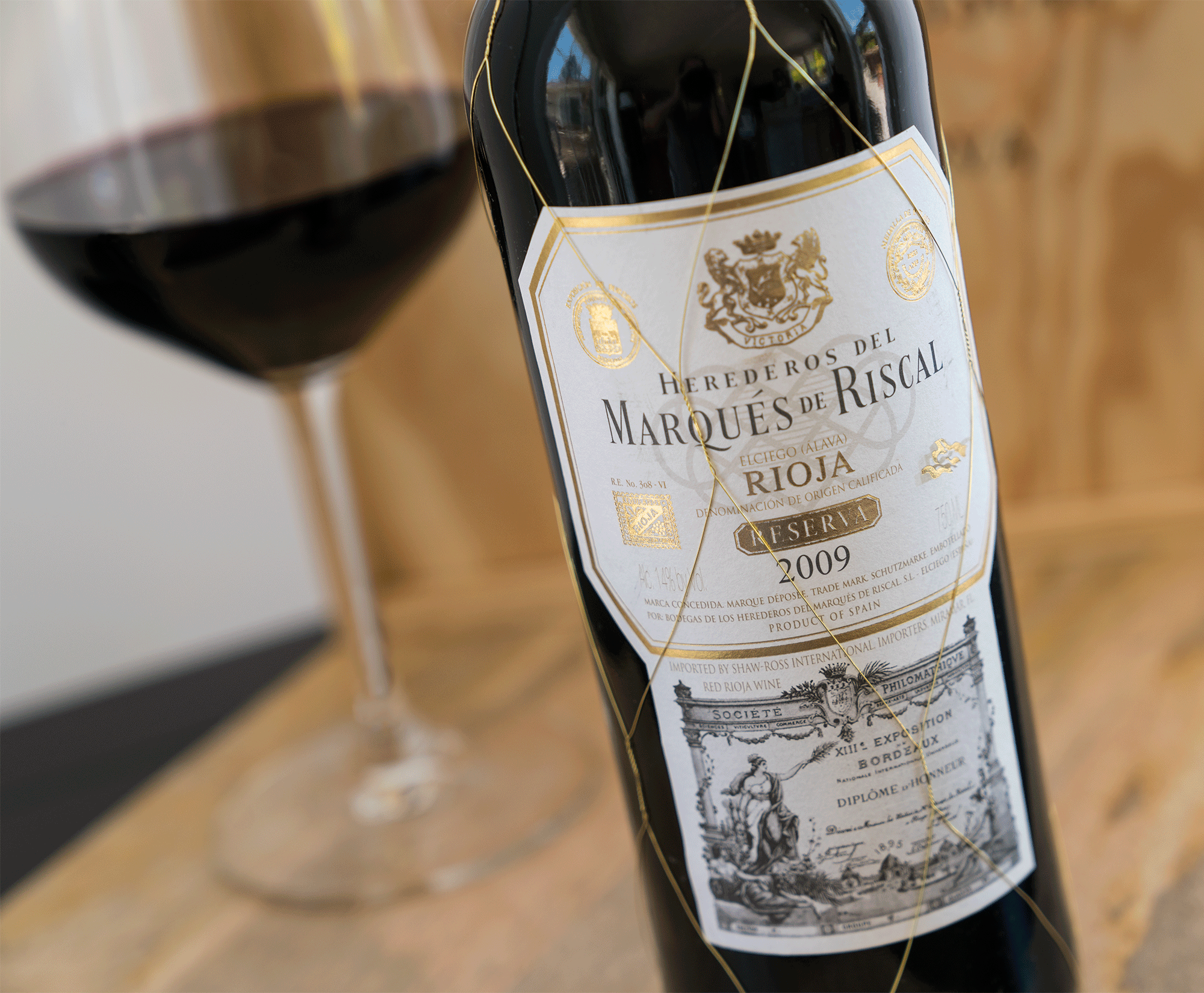
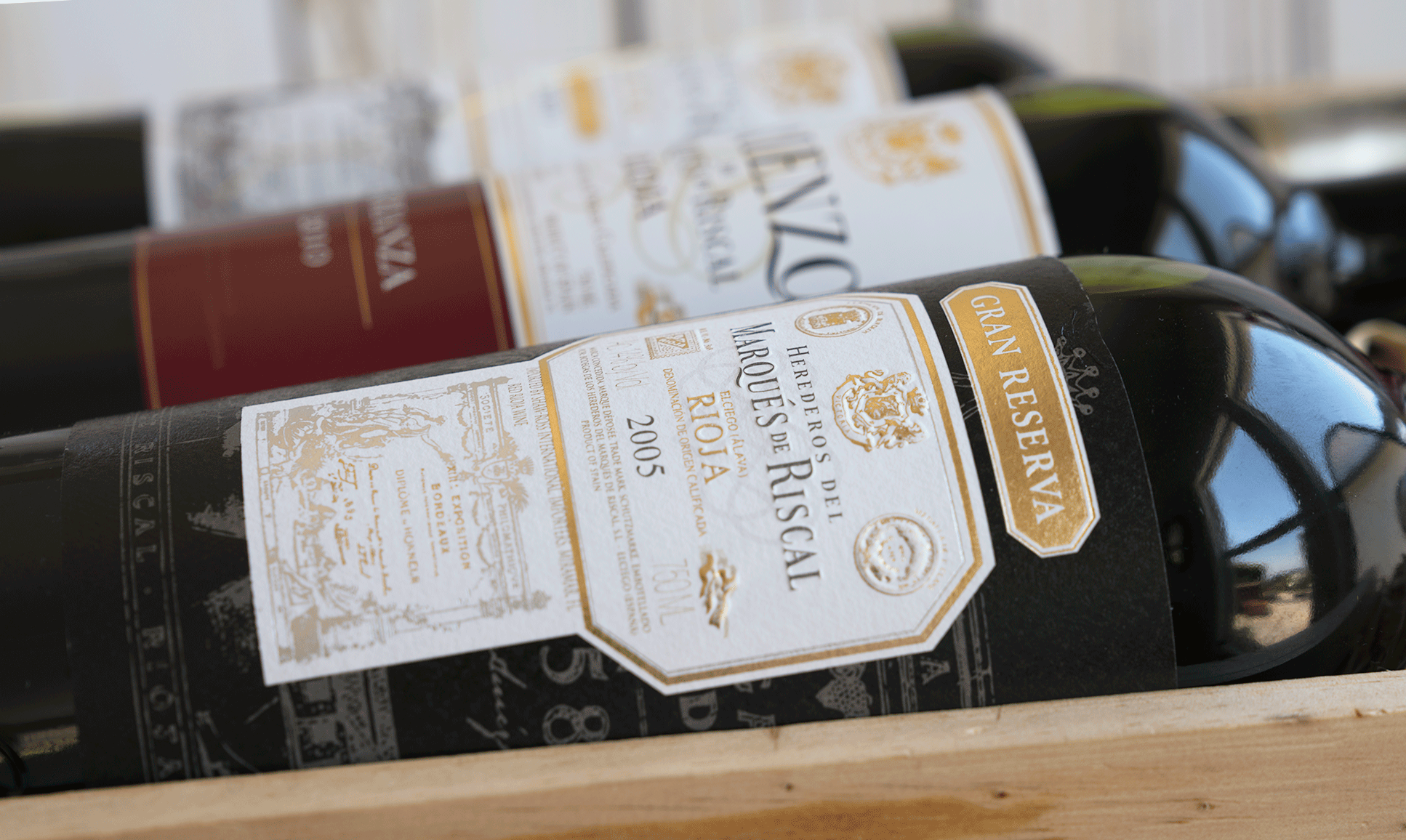
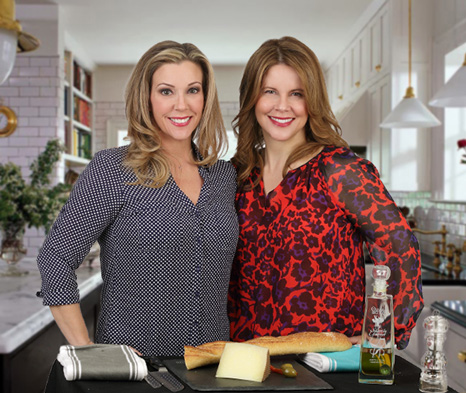
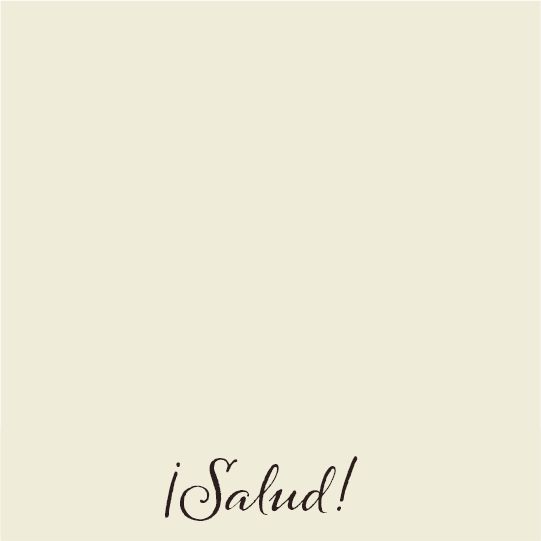













Dave Hunter - Wow. Way impressed. Always been a casual lover of wine, appreciate the incredible depth. Just not very educated, although I will be from now on! Rock on!June 20, 2017 – 12:02 AM
Barbara - Hi Dave! Thank you so much. We want to be educational but in a way that people can understand and grasp. We’re so happy you enjoyed the post! June 20, 2017 – 4:12 AM